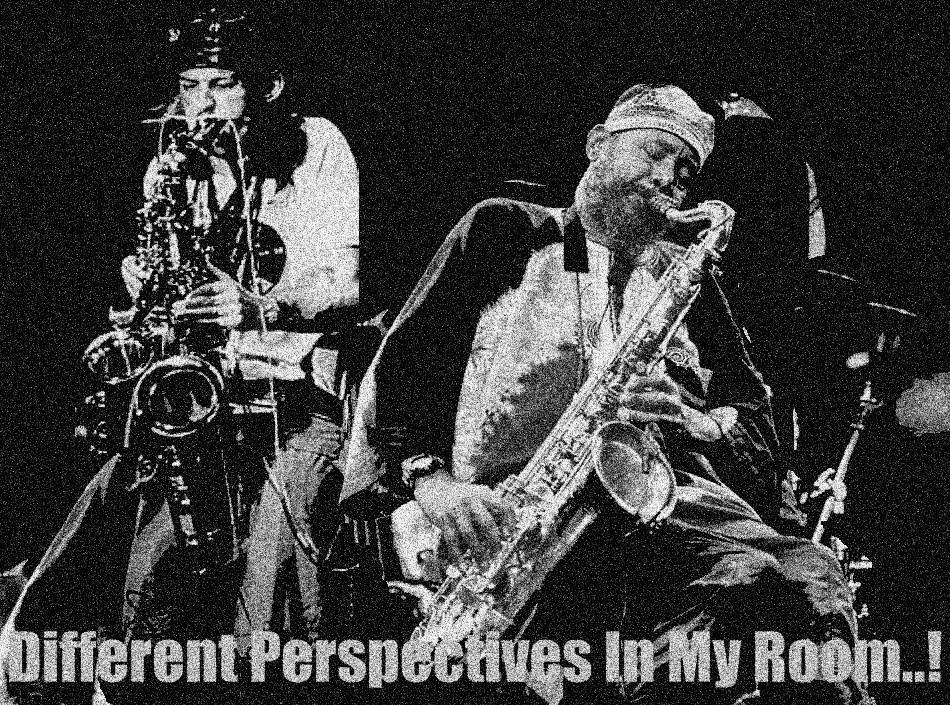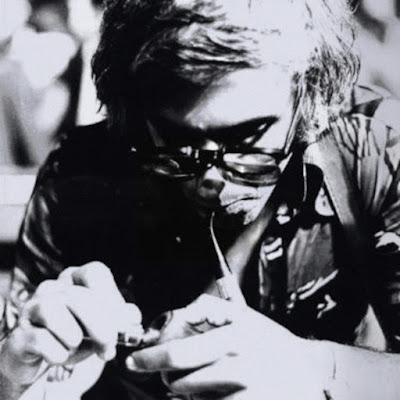Label:
WATT Works – WATT/3, Virgin – WATT/3
Format:
Vinyl, LP, Album / Country: UK / Released: 1975
Style:
Contemporary Jazz, Free Jazz
Recorded August
1975, Grog Kill Studio, NY.
Mixed
September 1975, Scorpio Sound, London.
Design
[Album] – Paul McDonough
Engineer
– Dennis Weinreich
Engineer
[Assistant] – John Hunt
Photography
By – Li Tjiong
Producer
– Carla Bley, Michael Mantler
A – 13 (for Piano and Two Orchestras) ..............................................................
22:00
Conductor,
Written-By – Michael Mantler
Alto
Saxophone – Buddy Pearson, Don Davis
Alto
Saxophone, Clarinet – Ken Adams
Baritone
Saxophone – Charles Davis, Hamiet Bluiett
Baritone
Saxophone, Bassoon – Ken McIntyre
Bass
– Bill Rich, Dave Moore, Helen Newcombe, Peter Warren
Bass
Clarinet – George Barrow
Bassoon
– Gail Hightower, Karl Hampton Porter
Cello
– Clare Maher, Hank Roberts, Judith Martin, Judy Dolce
Flute
– Hal Archer, Patrice Fisher, Paul Moen
Flute,
Soprano Saxophone – Nicholas Pike
French
Horn – Greg Williams, John Clark, Peter Gordon, Bill Warnick
Oboe
– Kathy Karlsen, Mike Lewis, Waldemar Bhosys
Piano
– Carla Bley
Soprano
Saxophone, Bass Clarinet – Courtenay Wynter
Soprano
Saxophone, Clarinet – Jim Odgren
Tenor
Saxophone – Lou Marini, Richard Peck
Tenor
Saxophone, Clarinet – Collin Tilton
Trombone
– Gary Brocks, Michael Gibbs, Rex Shrout
Trombone
[Bass] – Earl McIntyre
Trumpet
– Greg Bobulinski, John Eckert, Lauren Draper, Leonard Goines
Tuba
– Bob Stewart, Jack Jeffers
Viola
– Al Visscher, Deena Leff, Drusilla Tesch, Mona Hector, Virginia Izzo
Violin
– Alice Stern, Betty MacDonald, Brian Conklin, Laurie Schaller, Lila Baker,
Michael Levine, Noreen Davis, Oskana Lenec
B – 3/4 (for Piano and Orchestra) ...................................................................
23:45
Soloist,
Piano, Conductor, Written-By – Carla Bley
Bass
– Peter Warren
Bassoon
– Frank Nizzari
Cello
– Clare Maher, Hank Roberts
Clarinet
– Collin Tilton
Flute
[Alto] – Paul Moen
French
Horn – John Clark
Harp
– Patrice Fisher
Marimba,
Vibraphone, Bells [Orchestra Bells], Percussion [Miscellaneous] – David Samuels
Oboe
– Roger Janotta
Piano
– Ursula Oppens
Trombone
– Michael Gibbs
Trumpet
– Michael Mantler
Tuba
– Bob Stewart
Viola
– Michael Levine, Mona Hector
Violin
– Betty MacDonald, Kathy Seplow
This
album paired the then husband-and-wife team of Michael Mantler and Carla Bley,
one composition for large orchestra per LP side. Bley's "3/4" for piano
and orchestra is a lovely, romantic locomotive of a piece, its clockwork
rhythms dancing and chugging along, offering occasional peaks of luxurious,
ecstatic release. The piano part, here performed by Bley (played by Keith
Jarrett at the piece's premiere), isn't showy or pyrotechnic, blending in at
all times with the orchestral writing which is the heart of the composition.
"3/4" stands apart from her other work, sharing little in common with
the styles evinced on Escalator Over the Hill, for example, and only partially
pointing in the direction of the more hermetic offerings of Social Studies.
Kurt Weill's presence is felt in the cabaret-ish melodies that surface here and
there, but this is still uniquely Bley and, along with Escalator and Tropic
Appetites, arguably her finest work. Mantler's "13" (for piano and
two orchestras, again with Bley featured) inhabits another universe entirely,
an altogether darker and stormier place. It's a magnificent piece, pitting the
two orchestras in pitched battle with the piano valiantly struggling to be
heard or to make peace -- a losing battle. Over the course of its 22 minutes,
the music (much in the style of his writing for the Jazz Composers Orchestra)
increases in tonal complexity as well as sheer volume, ending at a decibel
level that may leave the listener worried for his/her speakers... it's power
and anguish come through with more than enough force and conviction. It's a
stirring, difficult work and one of Mantler's shining moments. 13 & 3/4 is
very highly recommended if one is lucky enough to come across it.
And everyone looks to be having a very pleasant afternoon in the woods on the back cover,
so that’s nice.
Listen
out loud and enjoy!
If
you find it, buy this album!













































